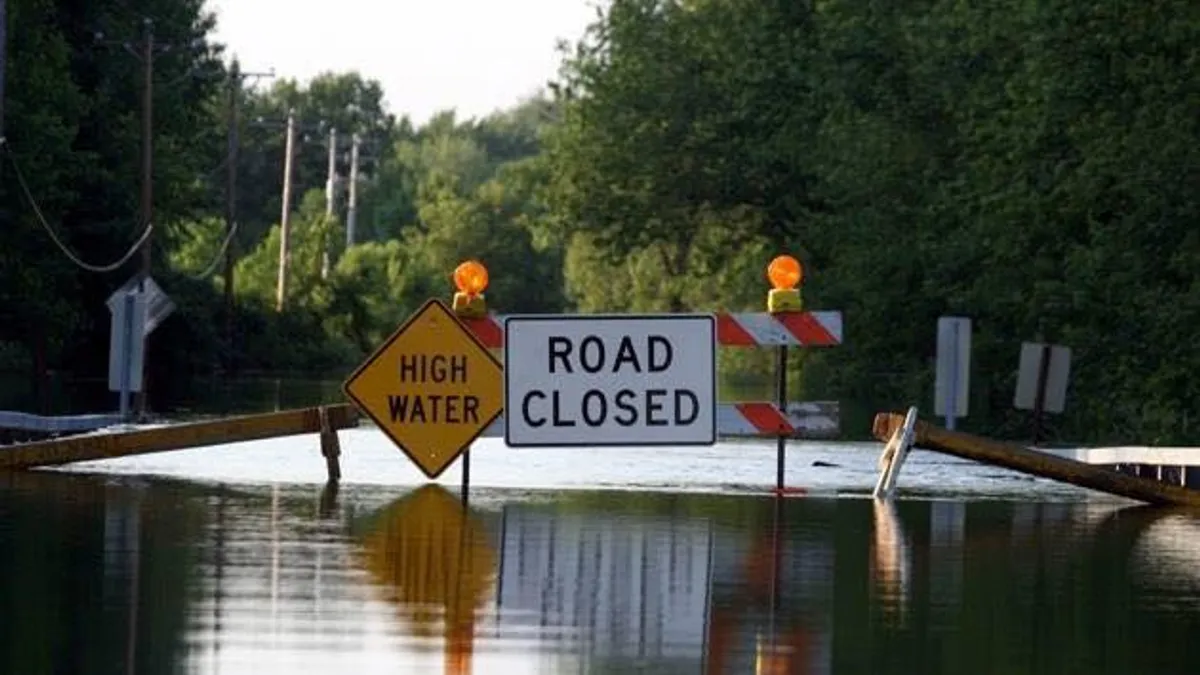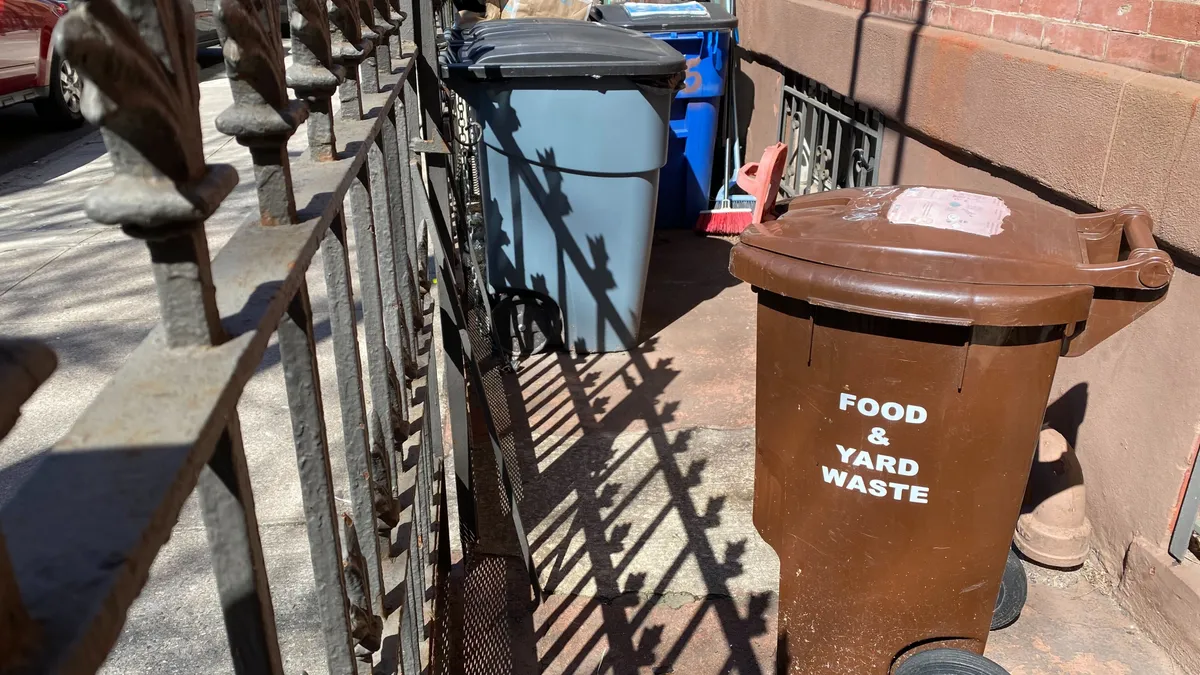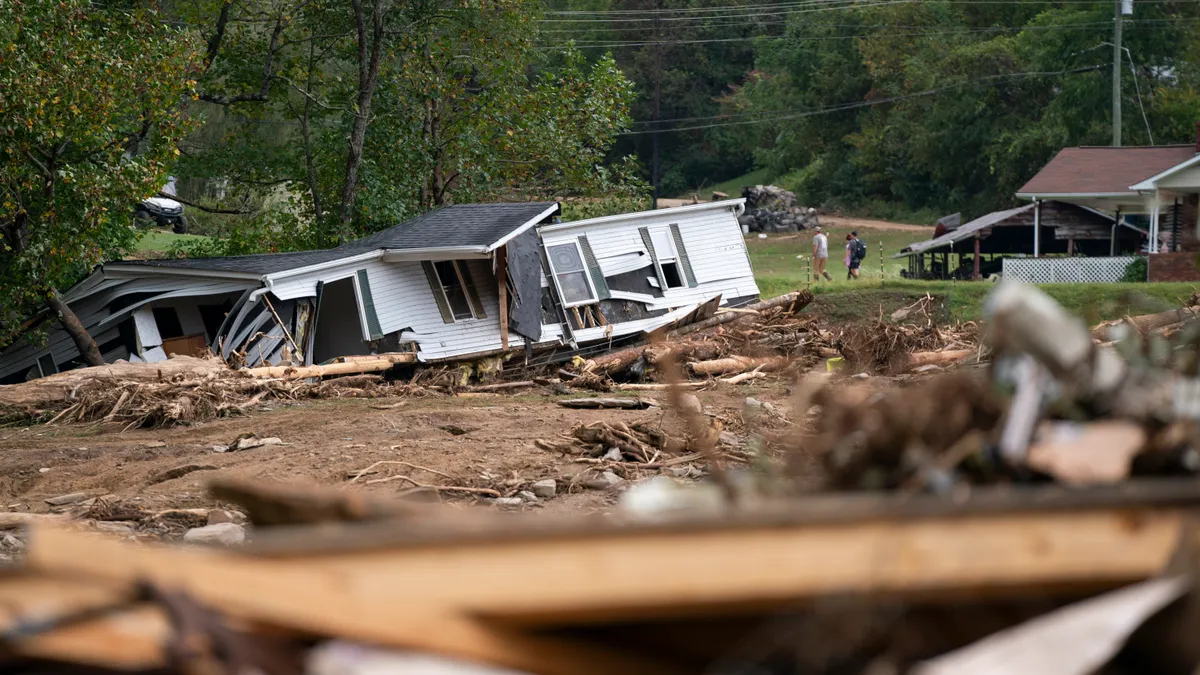Utilities and climate change science have a tenuous relationship at best. A conservative industry, utilities and their overarching regulatory framework historically shied away from addressing climate change impacts to the U.S. power system, even as evidence mounted and severe weather events increased.
Some states have taken the threat seriously: For example, New York’s Reforming the Energy Vision. Perhaps the most comprehensive utility proceeding today, the initiative was sparked in part by Hurricane Sandy, which devastated the Mid-Atlantic and New England states in 2012.
For the most part, the power sector’s attitude toward addressing climate change threats remained largely in the purview of the states. But many states have yet to include climate change in their political lexicon, let alone any policy action.
This lack of action is something Alison Silverstein, a well-known consultant in the power sector and technical author of the Department of Energy's high-profile grid study, addressed at the National Association of Regulatory Utility Commissioners’ annual winter meeting last week.
“First off, we’re investing in long-lived resources,” Silverstein told Utility Dive. “But we are now investing in long-lived assets like transmission and distribution and doing pole replacement and doing transmission line design that seem to be using design that were developed for the weather of the 1960s or earlier.”
Climate change and utilities
Even now, utilities for the most part are skittish about mentioning climate change. While some companies are addressing the challenge, for a sizable number, discussing it is mostly lip service to inevitable carbon regulation looming on the horizon. In fact, liberal watchdog group Energy and Policy Institute unearthed evidence that some major utilities knew about the potential impacts from extreme weather events and climate change as far back as the 1980s — and still funded climate denial.
A report from the Union of Concerned Scientists nearly three years ago also laid out consequences from climate change and its impact to the grid. The report listed the five regions most vulnerable to climate change and, to no one’s surprise, Southeastern Florida and the Central Gulf Coast are among them.
Both regions were slammed last year by a suite of devastating hurricanes. The damage from Hurricanes Harvey and Irma number in the tens of billions, according to some estimates.
For utilities, these storms are the stuff of nightmares and drills. While the drills — and infrastructure investment for some — helped them weather the storms and turn the lights on, Silverstein says it’s the lack of long-term planning for climate change that will bite them down the road.
“If I were a new commissioner today reviewing a proposal for new transmission, I would like to know if the money approved today to be spent on a new distribution pole and a distribution line can survive much hotter temperatures for much longer period,” Silverstein said. “Will the transmission line today survive the [ice storms of tomorrow]? Because the weather we are experiencing today pales in comparison to what is being forecasted for the future.”
What utilities are doing now
Some states are already addressing climate change — with New York, California and Hawaii being the most ambitious.
After Hurricane Sandy flooded much of New York City, state officials conceived of Reforming the Energy Vision, which would entirely overhaul the utility business model and focus on building resilient and reliable grid systems, mostly out of distributed energy resources.
California has always been the most progressive of these states, as its officials looked to invest in renewable energy and modernize the grid in a wide array of proceedings since the early 2000s. In 2015, the state mandated that utilities produce 50% of their power from renewable energy — and some lawmakers are trying to bring that to an ambitious 100%.
Hawaii, however, is the leader in terms of trying to power the entire state by renewable energy. Also in 2015, the state mandated all power must come from renewable energy by 2045— an order that presented technical and financial challenges for utilities in a state with the highest electrical rates in the U.S. But the state is still forging on, as regulators just approved Hawaii Electric’s grid modernization plan along with a suite of demand response and solar tariff programs.
Still, other states are lagging behind. For state regulators and policymakers, Silverstein says examining the evidence in front of them — the frequency and severity of severe weather and costs to rebuild — should be sufficient to justify these investments.
“I think in most cases it should be a simple case of looking at economics and recent weather events,” Silverstein said. “And then, if I have an obligation to do just and reasonable planning, and just and reasonable investments, I think that puts a burden of design obligation and forward consideration on the utility.”
Federal policymakers have also turned their attention to the concept of grid resilience in recent months, a subject sparked by the proposal and rejection of a Department of Energy plan to prop up coal and nuclear plants. In that decision, the Federal Energy Regulatory Commission also opened a docket to explore resilience in wholesale power markets.
The DOE plan failed to include climate change, but Silverstein says further discussions at FERC could bring the issue to the fore and galvanize action among states, even as the Trump administration continues to question the scientific consensus about climate change.
“I would like to see some sense of common understanding and common purpose and some common analytics,” Silverstein said. “That could come out of the FERC’s resiliency push. When DOE says they hope to create national effort into these questions, I hope this is the conversation they are willing to take and that they are willing to put some money and muscle behind these questions and doing some analytical sound engineering on what does this mean and what does this look like. “
Looking ahead
For now, the solutions among most states are concentrated on shoring up the grid to prepare for more storms in the near-term. Utilities are aware that these investments will not prevent outages, but are instead targeting faster restoration timelines.
"It's what we said all along about the investments in infrastructure: it is not that they will prevent outages, but they help us restore faster," said Peter Robbins, a spokesman for Florida Power & Light, told Utility Dive last year.
But Silverstein argues that’s not enough — and customers have already shown an appetite for investing in technology to protect their outages.
“Certainly planning forward for what extreme weather can do to different assets means you put different thought into how to protect customers,” she said. “The idea of not having put the entire burden of customer protection and resilience on the customer alone is important. Customers have proven they are willing to bear some of these costs and we should be finding ways to share that burden with them.”




















